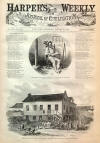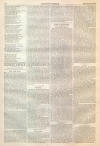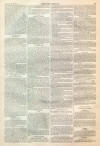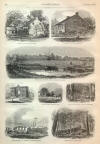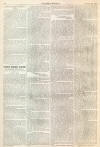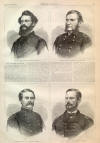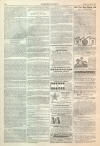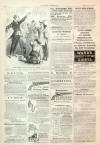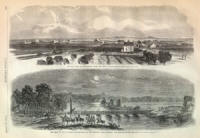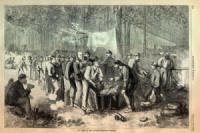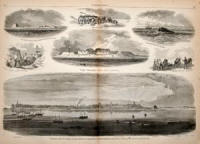Cavalry Officers
|
|
This Site:
|
AUGUST 22, 1863.] HARPER'S WEEKLY. 541 MAJOR-GENERAL STONEMAN.—[PHOTOGRAPHED BY BRADY.]GENERAL JUDSON KILPATRICK.—[FROM A PHOTOGRAPH.]OUR CAVALRY OFFICERS.ON this page we publish portraits of four leading cavalry officers of the Army of the Potomac, Generals STONEMAN, PLEASONTON, BUFORD, and KILPATRICK. At the outbreak of the war cavalry was little thought of. General Scott pointedly discouraged its use. We have learned better since then; and now our cavalry is one of the most esteemed arms of the service, and its leaders among the most popular officers of the army. MAJOR-GENERAL GEORGE STONEMAN,head of the new Cavalry Bureau at Washington, was born in this State about the year 1826. He entered West Point in 1842, and, on graduating, was commissioned Second Lieutenant in the First Dragoons. He does not appear to have taken part in the Mexican war; but during the fifteen years of peace which ensued he acquired a high standing in his profession, and was deemed by his comrades an excellent cavalry officer. At the outbreak of the rebellion he was appointed, on 9th May, 1861, Major in the Fourth Cavalry. In August of the same year, when M'Clellan undertook to create the Army of the Potomac, he was commissioned Brigadier-General, and took charge of a brigade. He was subsequently transferred to the cavalry arm of the service; and when the Army of the Potomac undertook the Peninsular Campaign he was appointed to the chief command of all its cavalry. His services during that campaign were conspicuous, and raised him high in public esteem. We believe that he went nearer to Richmond than any other man in the army. In the campaign in Maryland, and that under Burnside, he commanded a corps, giving continued satisfaction to the President and the people. Last spring he performed a feat which cast all the famous raids of the rebel Stuart into the shade. He rode round Lee's army, destroying their communications with Richmond, and some of his men actually went within two miles of the rebel capital. A dispute between General Hooker and General Stoneman for a time kept the latter in the back-ground; but as he has lately been appointed to the management of the new Cavalry Bureau at Washington he must continue to enjoy the favor and confidence of the Government. GENERAL ALFRED PLEASONTON,one of the most gallant cavalry officers in the army, was born in the District of Columbia about the year 1821, and is consequently about forty-two years of age. He graduated at West Point on 1st July, 1844, and entered the First Dragoons. In November, 1855, he was transferred to the Second Dragoons, and accompanied General Taylor on the expedition to Mexico. At Palo Alto and Resaca de la Palma he distinguished himself, and was brevetted in consequence. He obtained his First Lieutenancy in 1849, and his company (in the Second Cavalry) in 1855. At the outbreak of the rebellion the resignation of Southern traitors left the way clear for his obtaining a Majority; and on 16th July, 1862, he was commissioned Brigadier-General of Volunteers. He was appointed to the Army of the Potomac, and served throughout the Peninsular campaign with distinction. When General Stoneman took the command of a division, before the battle of Antietam, General Pleasonton succeeded him in command of all the cavalry of the army, and discharged the duty of pressing on Lee's rear in his retreat. He has since filled various cavalry commands in that army with gallantry and success. GENERAL JOHN BUFORDwas born in Kentucky about the year 1827, but removed with his family to Illinois at an early age. He was appointed from (Next Page) GENERAL BUFORD.—[FROM A PHOTOGRAPH BY ANTHONY.]GENERAL PLEASONTON.—[FROM A PHOTOGRAPH BY ANTHONY.]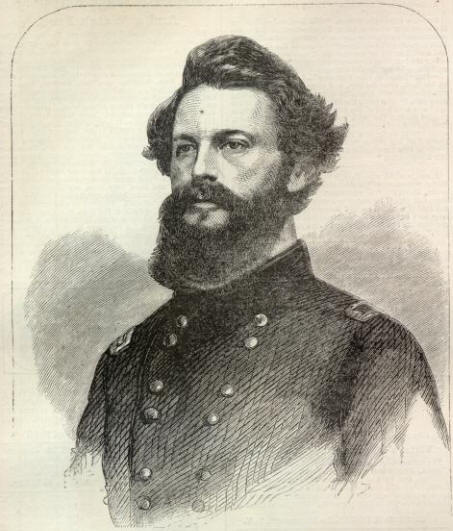 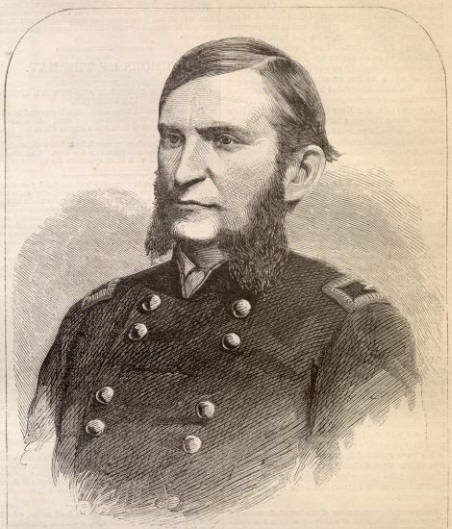 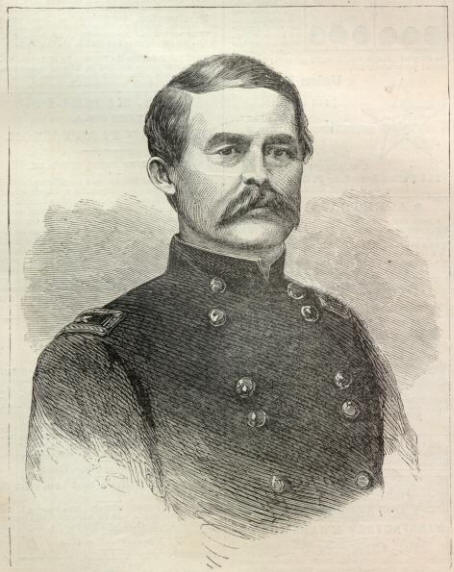 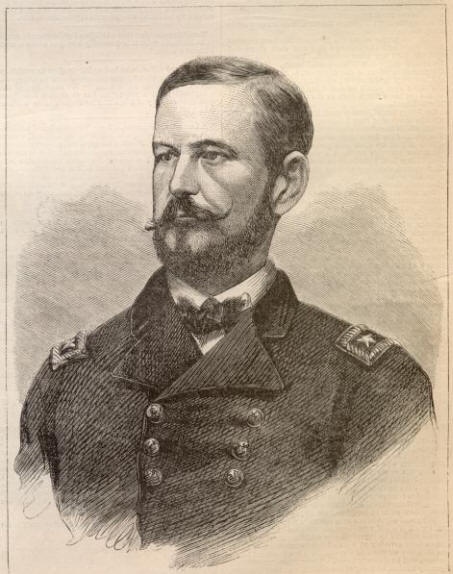 |
||||||||||||||||||||||
|
|
||
|
|
Site Copyright 2003-2018 Son of the South. For Questions or comments about this collection, contact paul@sonofthesouth.net |
|
|
Are you Scared and Confused? Read My Snake Story, a story of hope and encouragement, to help you face your fears. |
||
